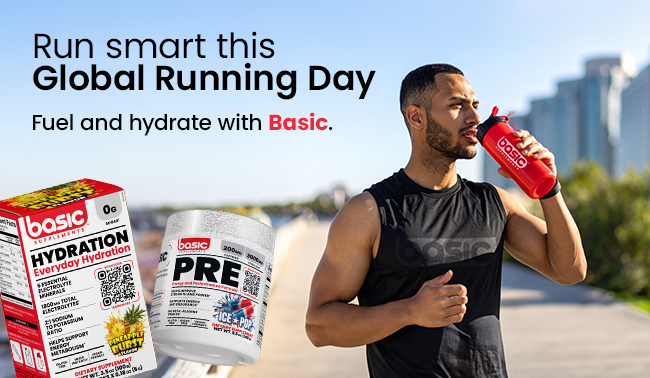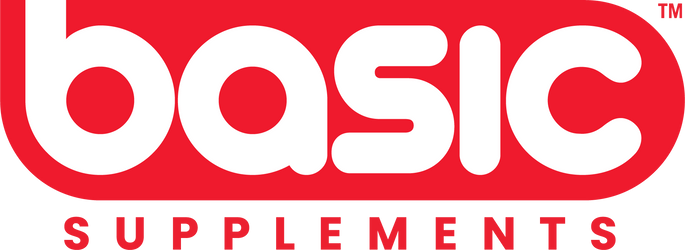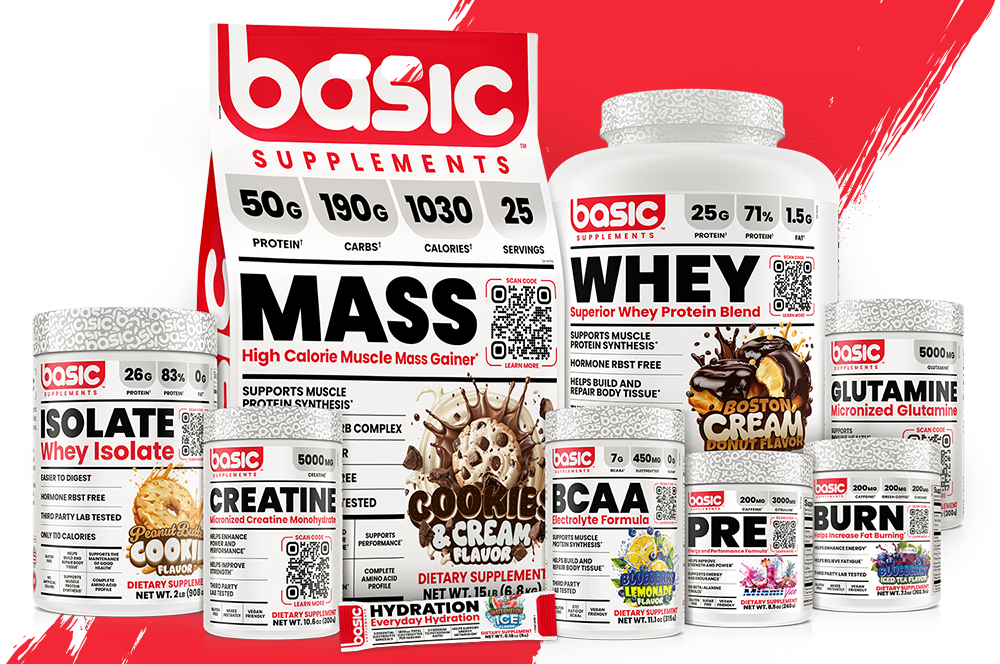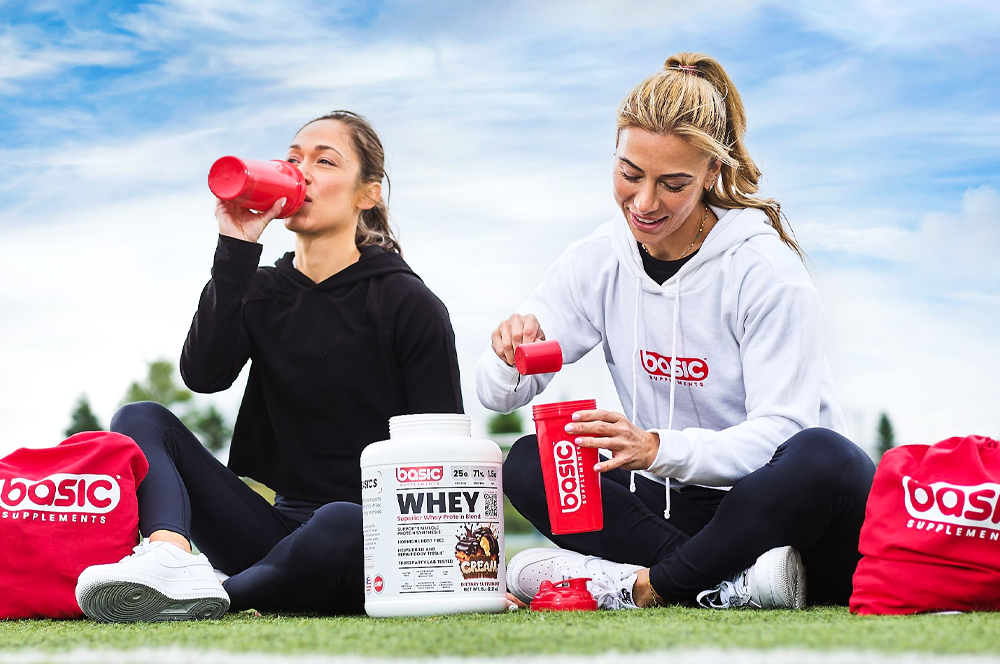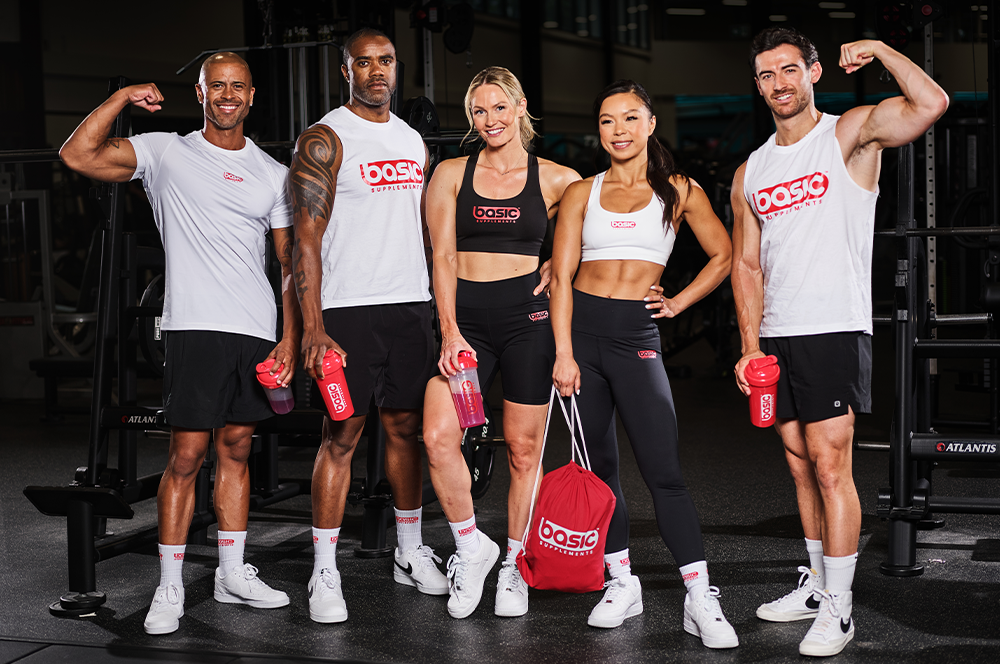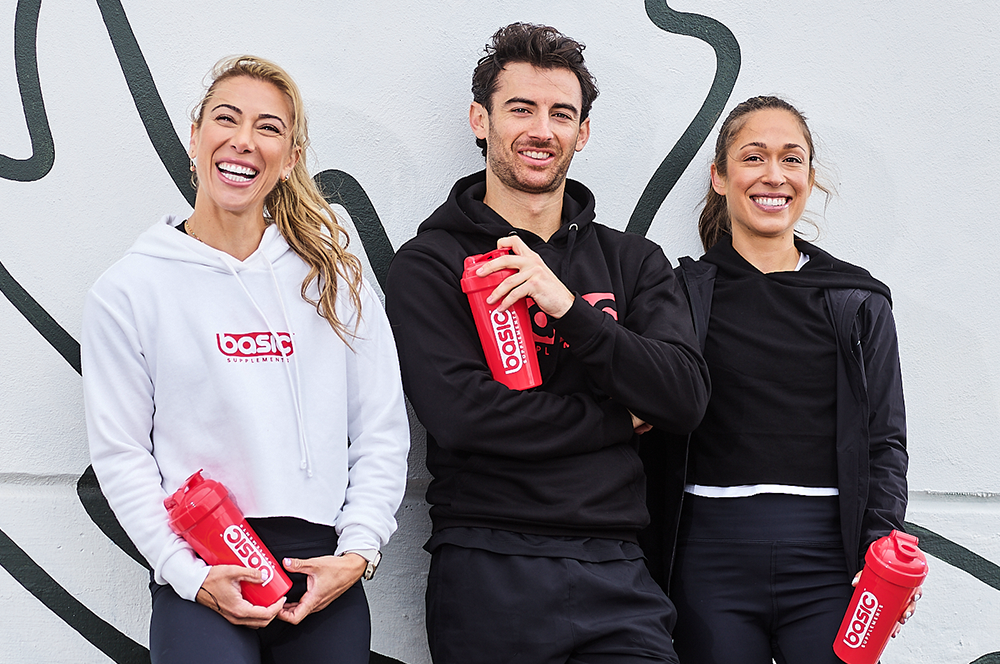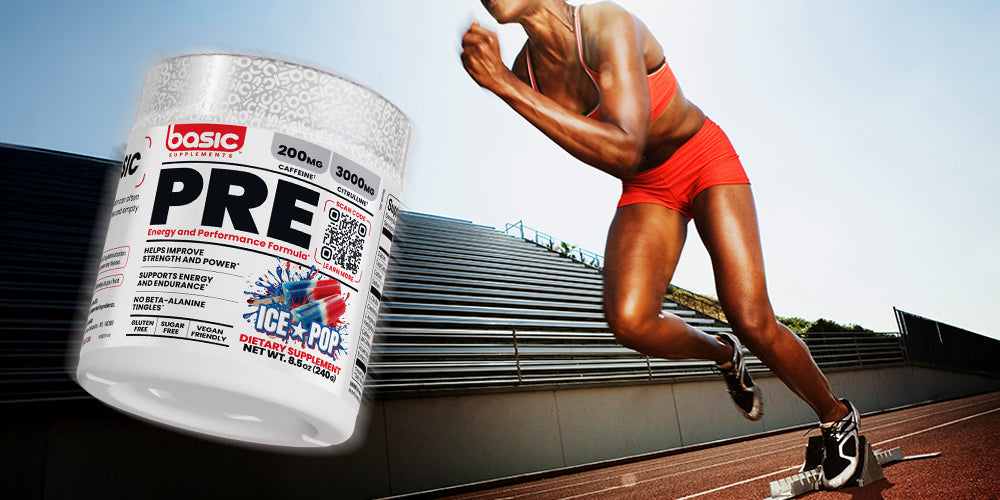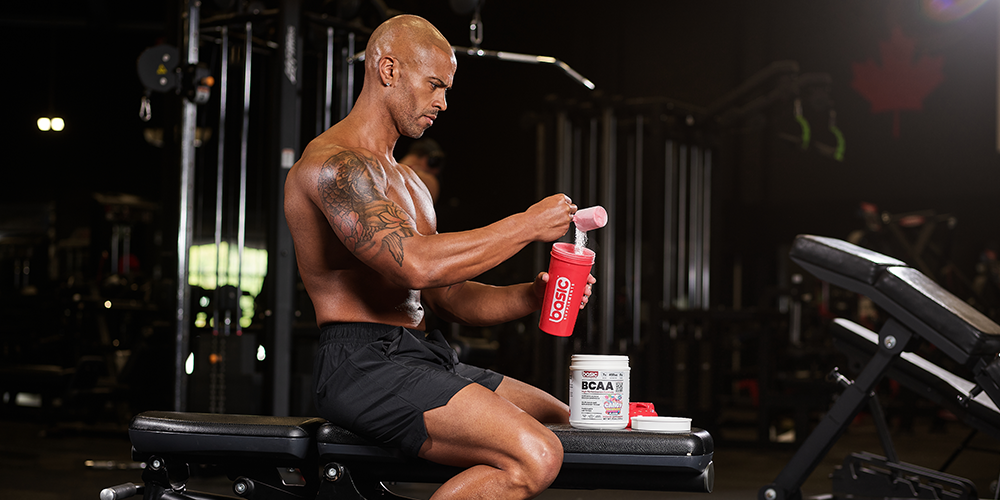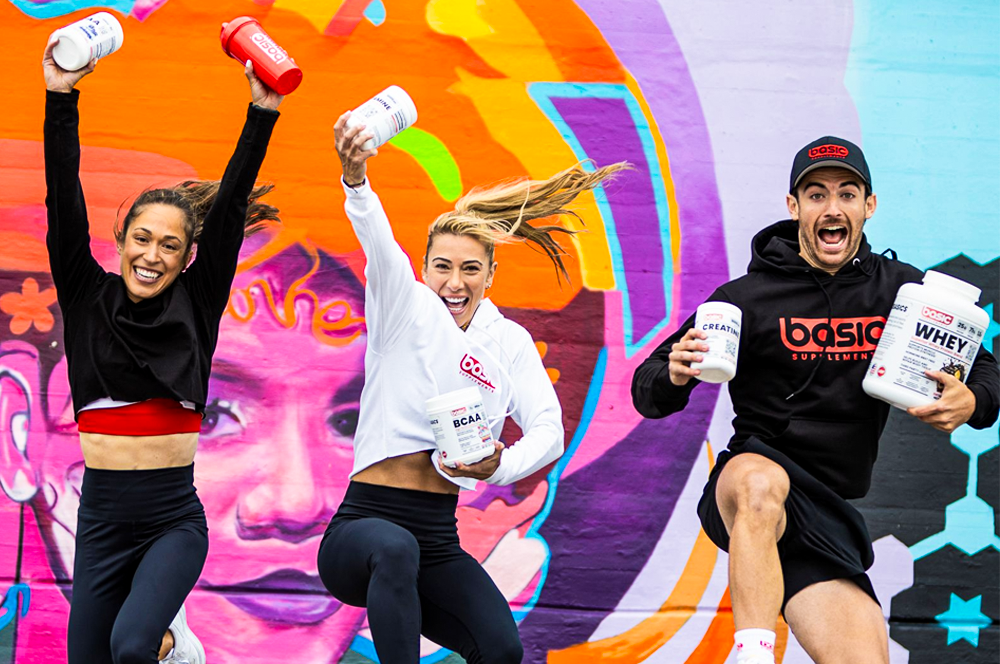When embarking on your fitness journey, the first step can often be the hardest. Walking into a gym for the first time or starting a new routine from home can feel overwhelming. Between complicated machines, advanced techniques, and an array of programs, it’s difficult to know where to start. But here’s the truth: building strength, improving mobility, and boosting fitness doesn’t require fancy equipment or complex methods. You can achieve impressive results by mastering a few foundational movements and gradually increasing intensity.
Why Compound Movements are Key
Compound movements are exercises that engage multiple muscle groups simultaneously, providing a full-body workout in one simple movement. These types of exercises are ideal for beginners because they help develop strength, coordination, and balance without needing specialized equipment or isolated movements. Some of the best compound exercises include:
-
Squats: One of the best all-around exercises, squats engage the quads, hamstrings, glutes, core, and even your back muscles. Learning how to squat properly will help improve your mobility and prevent injury while setting the foundation for more advanced movements.
-
Push-ups: Often underestimated, push-ups build your chest, shoulders, triceps, and core. A key benefit of push-ups is that they’re scalable; you can modify them by performing them on your knees or against a wall if you’re not yet strong enough for a full push-up.
-
Deadlifts: The deadlift is known as the king of strength training exercises. It targets your entire posterior chain, including your hamstrings, glutes, lower back, and core. Mastering this lift early on will benefit you in many areas of life, from lifting heavy objects to improving posture.
-
Overhead Press: The overhead press strengthens your shoulders and core, requiring you to stabilize your entire body. This movement also promotes shoulder mobility and joint health.
These compound exercises don’t just make you stronger—they also improve your neuromuscular coordination, which helps your body move more efficiently during everyday tasks.
The Benefits of Strength Training
Engaging in a regular strength training routine offers a host of physical and mental benefits:
-
Increased Muscle Mass: The more muscle mass you have, the more calories your body burns at rest. This leads to a more efficient metabolism and supports fat loss.
-
Bone Density: Strength training puts healthy stress on your bones, which helps increase bone density and reduce the risk of osteoporosis.
-
Better Joint Health: Properly performed strength training exercises strengthen the muscles around your joints, improving joint stability and reducing the risk of injury.
-
Boosted Confidence: As you start to see and feel the changes in your body—whether it's through improved posture, increased strength, or a leaner physique—you'll experience a mental boost and increased confidence in your abilities.
A Simple Beginner Strength Routine
Here’s a simple 3-day strength training program for beginners that focuses on the most important compound movements. This plan helps you build foundational strength and sets you up for long-term success:
Day 1: Bodyweight Squats, Push-ups, Dumbbell Rows (3 sets of 10 reps)
Day 2: Rest or light cardio (e.g., brisk walking, cycling)
Day 3: Deadlifts, Lunges, Planks (3 sets of 10 reps)
Day 4: Rest or active recovery (yoga, stretching)
Day 5: Overhead Press, Bodyweight Rows, Glute Bridges (3 sets of 10 reps)
Day 6: Rest
Day 7: Optional: Full-body workout or light cardio
Key Tips for Success:
-
Start Light: Begin with bodyweight exercises or light dumbbells to focus on proper form and technique. Don’t rush into heavier weights until you’re confident in your ability to perform each exercise with good posture and alignment.
-
Focus on Form: Perfecting your form prevents injury and ensures you're targeting the correct muscles. Use a mirror, work with a trainer, or film yourself to ensure you’re performing the exercises correctly.
-
Progress Gradually: Progress doesn’t happen overnight. Gradually increase the weight you lift or the number of reps you perform each week to continue challenging your muscles.
-
Consistency is Key: Stick with your routine, even if it feels hard at first. As your body adapts to the movements, you’ll notice improvements in strength, mobility, and endurance.
Supplement Sidebar: Basic Whey Protein
If you’re aiming to build muscle or recover after a workout, consuming enough protein is essential. Basic Whey Protein is a high-quality, fast-digesting supplement that ensures your body gets the nutrients it needs for muscle repair and growth. It’s perfect for a post-workout shake or even as a snack throughout the day to help meet your daily protein goals.
-
Benefits: Supports muscle recovery, increases protein intake, and can help with weight management when used as a meal replacement.
-
Recommended Use: Take 1-2 scoops after your workout or mix with water or milk for a protein-rich snack.
Progressive Overload for Continued Gains
To build muscle and gain strength over time, your body needs to be consistently challenged. This is where progressive overload comes in—the practice of gradually increasing the intensity of your workouts to stimulate muscle growth. You can achieve progressive overload by:
-
Increasing Weight: As you become more comfortable with a specific weight, increase the load slightly to keep your muscles challenged.
-
Adding Reps or Sets: Another way to push your muscles is by adding an additional set or increasing the number of repetitions for each exercise.
-
Reducing Rest Time: Shortening the rest period between sets keeps your muscles working harder, increasing endurance and overall fitness.
-
Improving Form: As you progress, focus on making each movement more efficient. This ensures you’re targeting the muscles effectively and preventing injury.
Tracking Your Progress
Tracking your workouts allows you to see where you’re improving and where you may need to adjust. Whether you prefer to use a notebook or an app, keep a log of the weight you lifted, the number of reps you completed, and any notes about how you felt during the workout. By reviewing your progress regularly, you’ll stay motivated and identify areas for improvement.
Nutrition: Fueling Your Strength Training Routine
What you eat before and after your workouts plays a crucial role in how your body responds to training. Before exercising, focus on a meal or snack rich in carbohydrates and protein to provide your muscles with the energy they need to perform well. Post-workout, prioritize protein and carbohydrates to help repair your muscles and restore glycogen levels.
A typical pre-workout meal could include oatmeal with a banana and a scoop of Basic Whey Protein, while a post-workout meal might consist of a chicken breast, sweet potato, and steamed vegetables.
Supplement Sidebar: Basic BCAAs
To maximize your strength training results and support recovery, consider adding Basic BCAA to your routine. These Branched-Chain Amino Acids are essential for muscle recovery, helping to prevent muscle breakdown and reduce soreness. Sipping on BCAAs during or after your workout can enhance endurance and support lean muscle growth.
-
Benefits: Reduces muscle soreness, improves recovery time, and supports lean muscle development.
-
Recommended Use: Mix one scoop with water and drink during or after your workout to support muscle recovery.
Enhancing Results with Consistency and Patience
As you embark on your strength training journey, remember that patience and consistency are key to seeing long-term results. While you may not see significant changes in the first few weeks, your body is adapting to the new demands you’re placing on it. Over time, you’ll notice increased muscle tone, improved strength, and better overall fitness. Continue to prioritize form, challenge yourself with progressive overload, and fuel your body with the right nutrients to keep moving forward.
Building strength isn’t just about lifting heavier weights; it’s about understanding how your body moves, listening to it, and giving it the rest and fuel it needs to thrive. Stick to your plan, track your progress, and enjoy the process of becoming a stronger, healthier version of yourself. As you continue to progress, you can begin incorporating more advanced techniques and heavier weights, but the foundation you’ve built through these basic movements will always be your greatest asset.
By embracing the basics, focusing on proper form, and being patient with your progress, you’re laying the groundwork for a lifetime of fitness success. Strength training doesn’t need to be complicated—by sticking to these simple yet effective strategies, you’ll start seeing results that last. Whether your goal is building muscle, improving mobility, or simply becoming stronger, starting with a solid foundation will help you succeed at every stage of your fitness journey. Take it back to basics. Back to what works!
